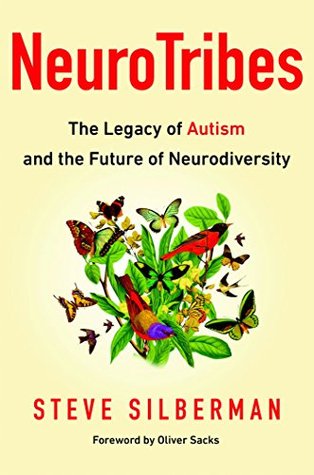More on this book
Community
Kindle Notes & Highlights
Started reading
March 25, 2024
By sharing the stories of their lives, they discovered that many of the challenges they face daily are not “symptoms” of their autism, but hardships imposed by a society that refuses to make basic accommodations for people with cognitive disabilities as it does for people with physical disabilities such as blindness and deafness.
“It is about being in a constant conversation with every aspect of my environment, reacting physically to all parts of my surroundings. Far from being purposeless, the way that I move is an ongoing response to what is around me.”
Maurice’s book focused on applied behavior analysis (ABA), a form of behavior modification based on the animal-learning theories of B. F. Skinner and pioneered as an early intervention for autism in the 1960s by psychologist Ivar Lovaas at the University of California in Los Angeles.
“I don’t want to simply ‘push from outside’ and give instructions, observing coolly and with detachment,” he said. “Rather, I want to play and talk with the child, all the while looking with open eyes both into the child and into myself, observing the emotions that arise in reaction to everything that occurs in the conversation between the two of us.”
While we have never met a girl with the fully fledged picture of autism, we have, however, seen several mothers of autistic children whose behavior had decidedly autistic features. It is difficult to explain this observation. It may be only chance that there are no autistic girls among our cases, or it could be that autistic traits in the female become evident only after puberty. We just do not know.
The honorary president of the congress was Alexander Graham Bell, inventor of the telephone and telegraph. Bell had his own theories about the threat that people with disabilities represented to the future of the species. His mother and wife had both been born deaf, and in 1883 he warned the National Academy of Sciences that unless the use of sign language was vigorously discouraged in schools for the deaf, society ran the risk of engendering “a race of deaf-mutes.”
But in 1927, the Roman Catholic theologian Josef Mayer provided clerical cover for Hoche and Binding by publishing a book that argued that forced sterilization of “mentally handicapped” people was entirely in accord with Catholic ethics and tradition.
“Our therapeutic goal must be to teach the person how to bear their difficulties. Not to eliminate them for him, but to train the person to cope with special challenges with special strategies; to make the person aware not that they are ill, but that they are responsible for their lives.”
(One teenage patient named Dick was put on lockdown for three months for seeking out “the company of lower class colored people exclusively.”)
Though Asperger had made clear that he had seen children (as well as adults) at all levels of ability his paper had not yet been translated into English, and the fact that he had intentionally highlighted his “most promising” cases to deflect the wrath of the Nazis was still unknown.
For undiagnosed adults, Kanner’s insistence that autism was a disorder of early infancy meant decades of wandering in the wilderness, with no explanation for constant struggles in employment, dating, friendships, and simply navigating the chaos of daily life.


